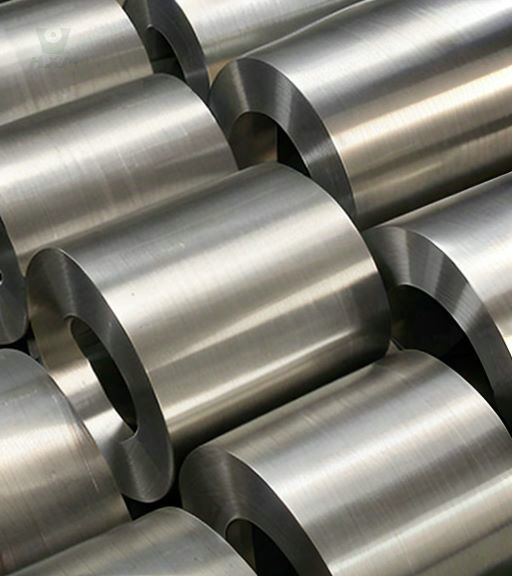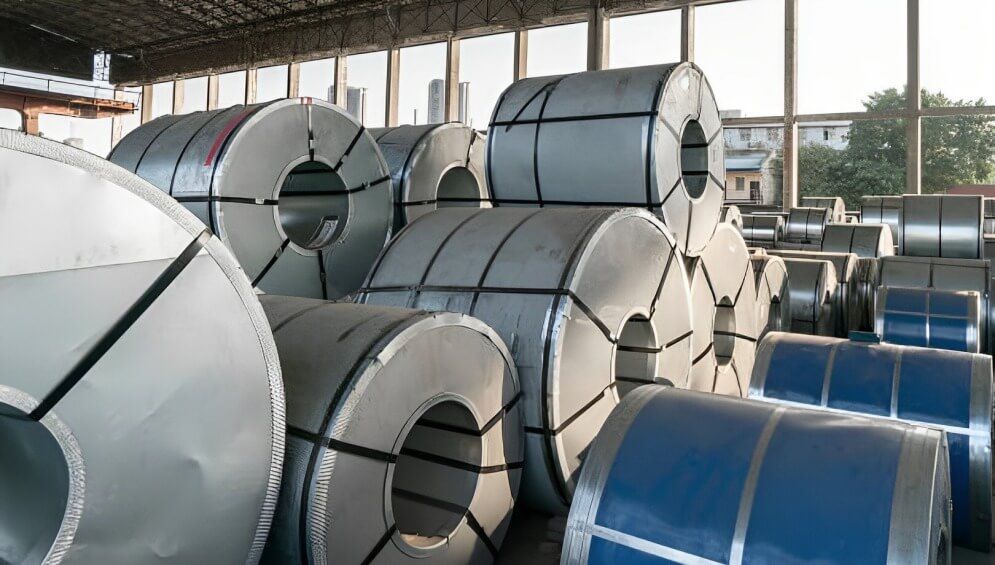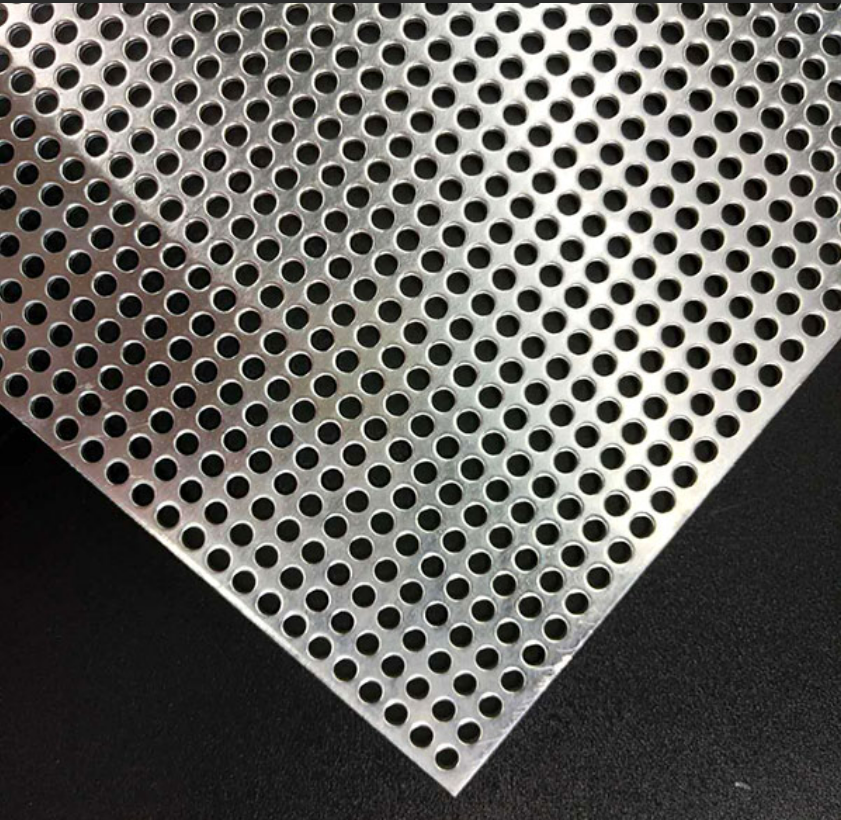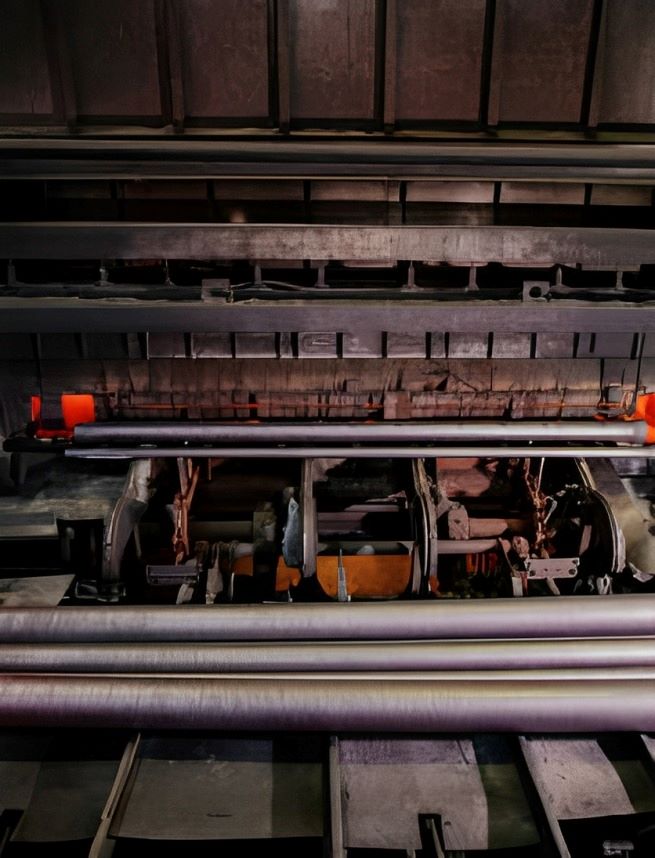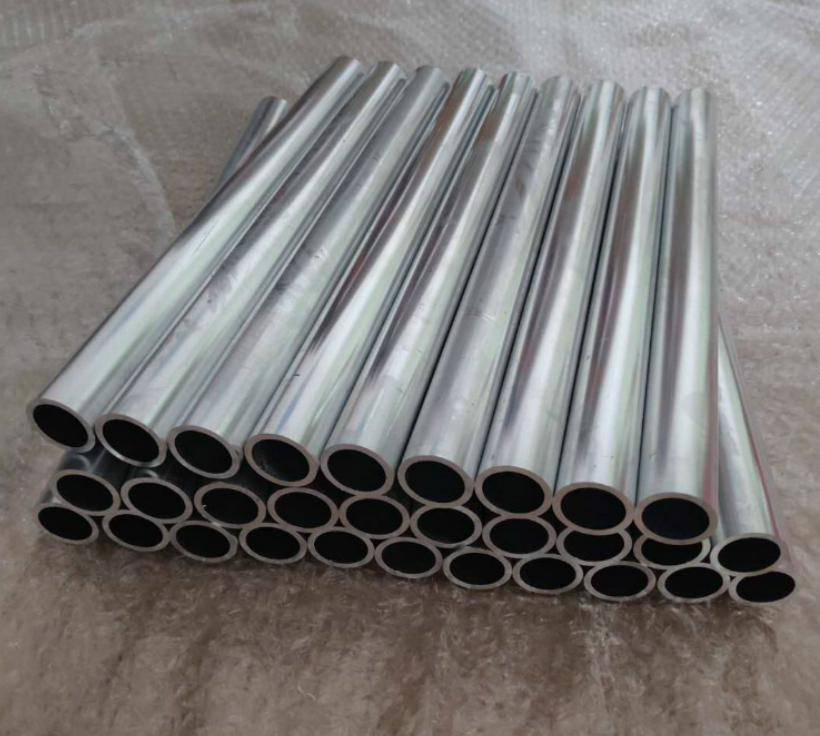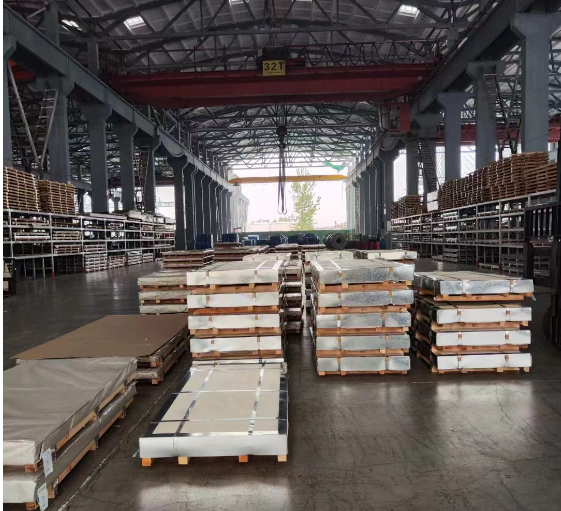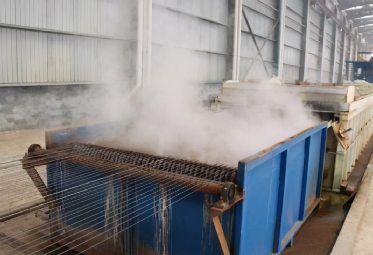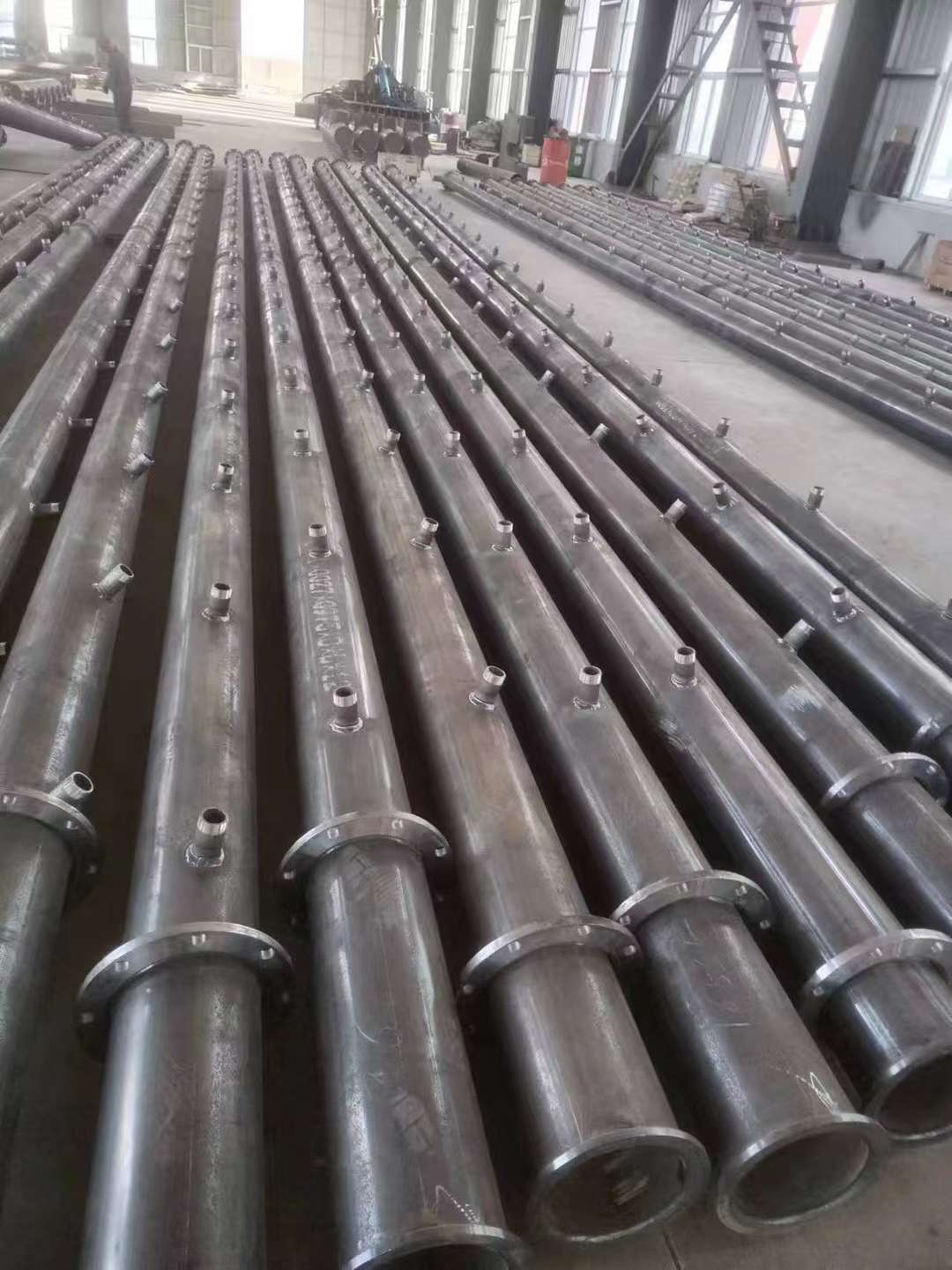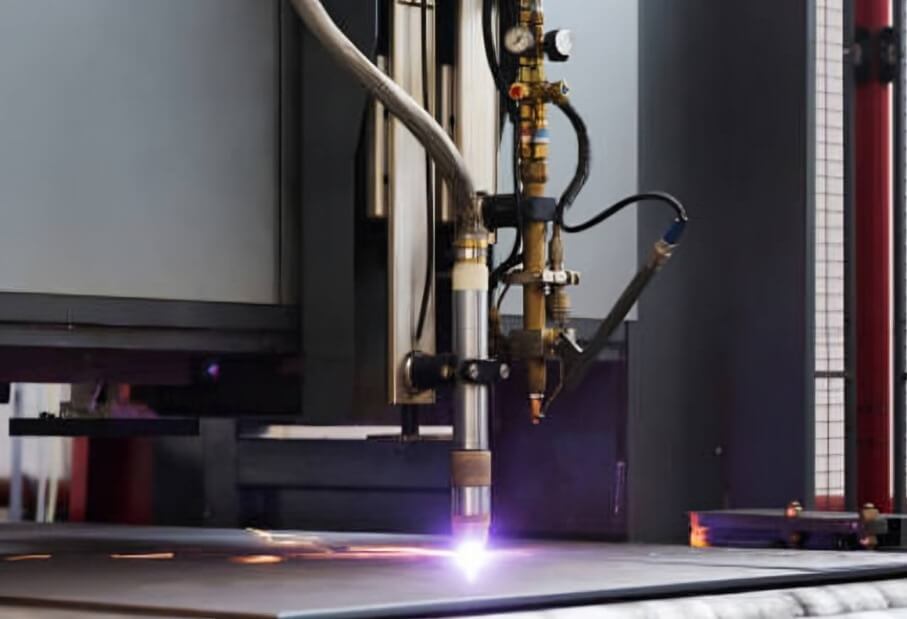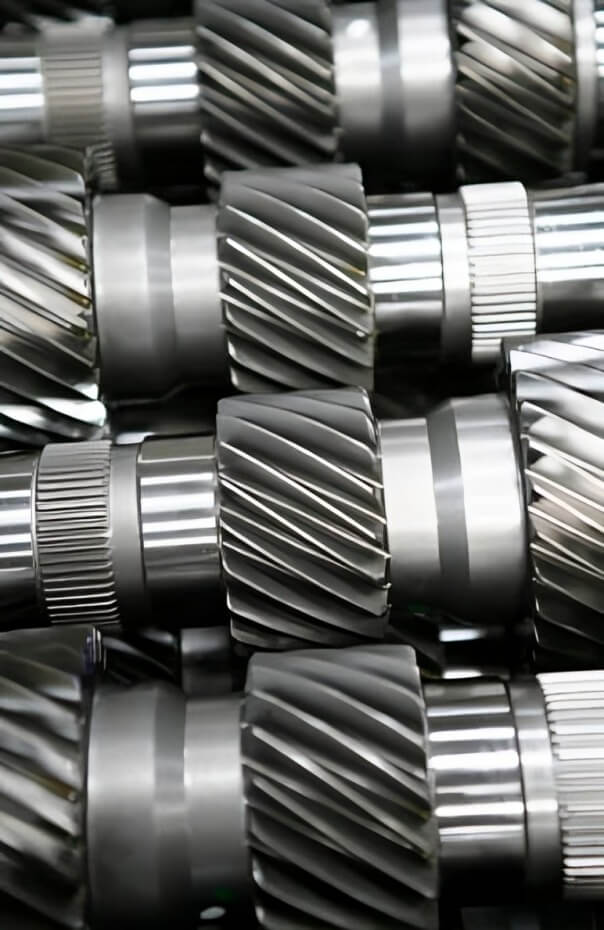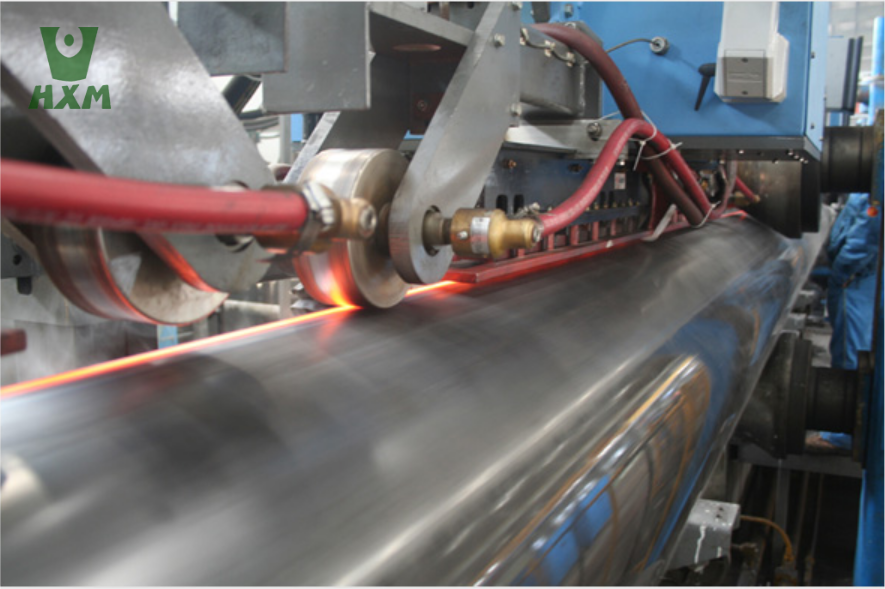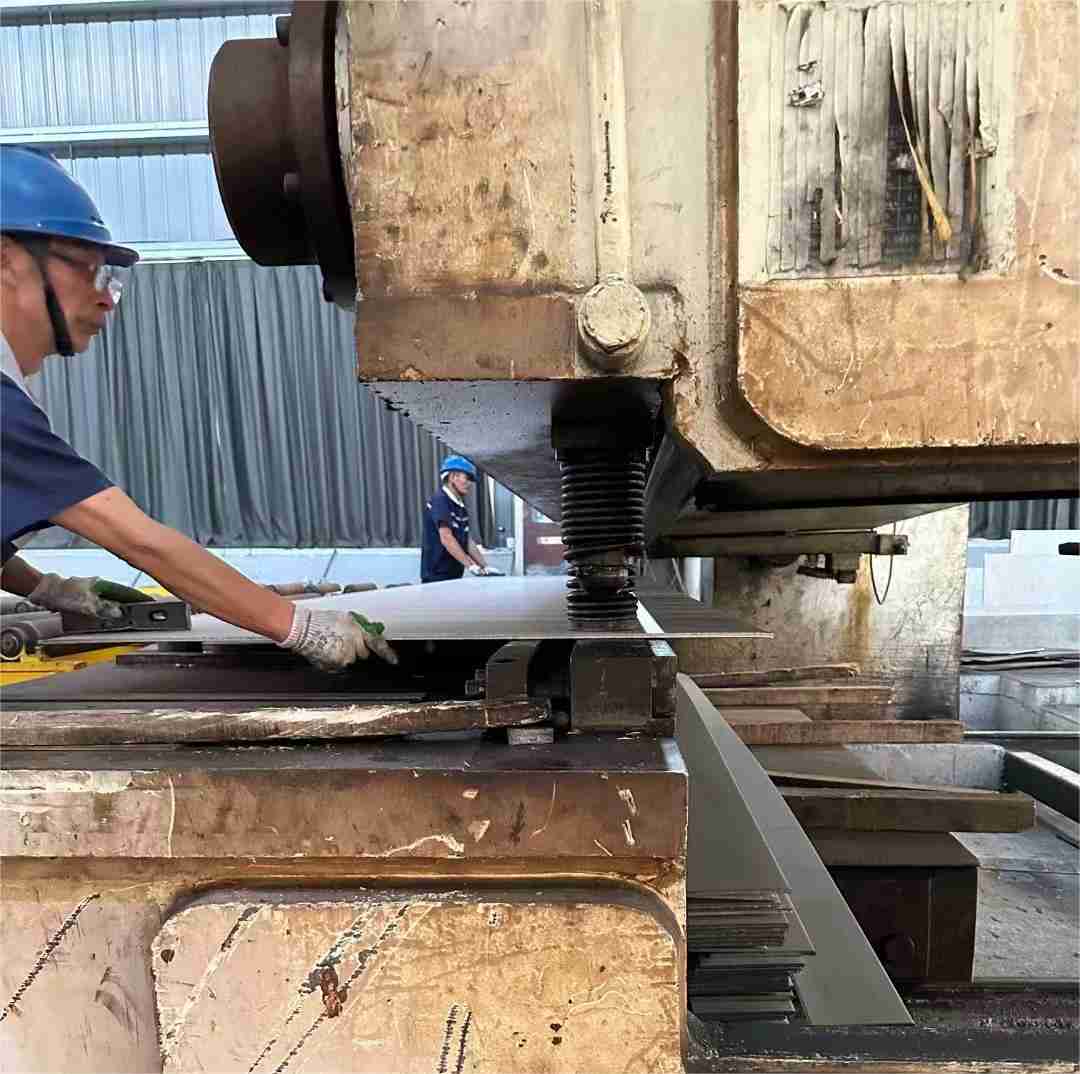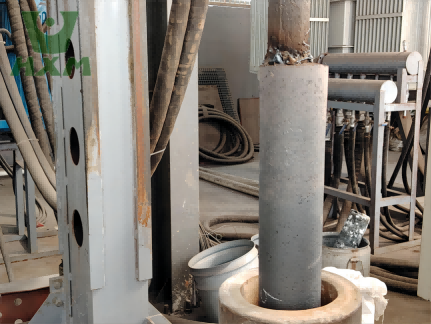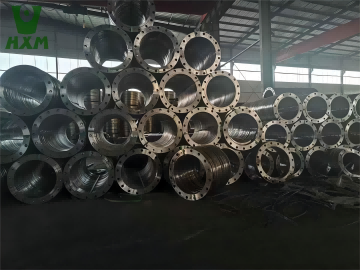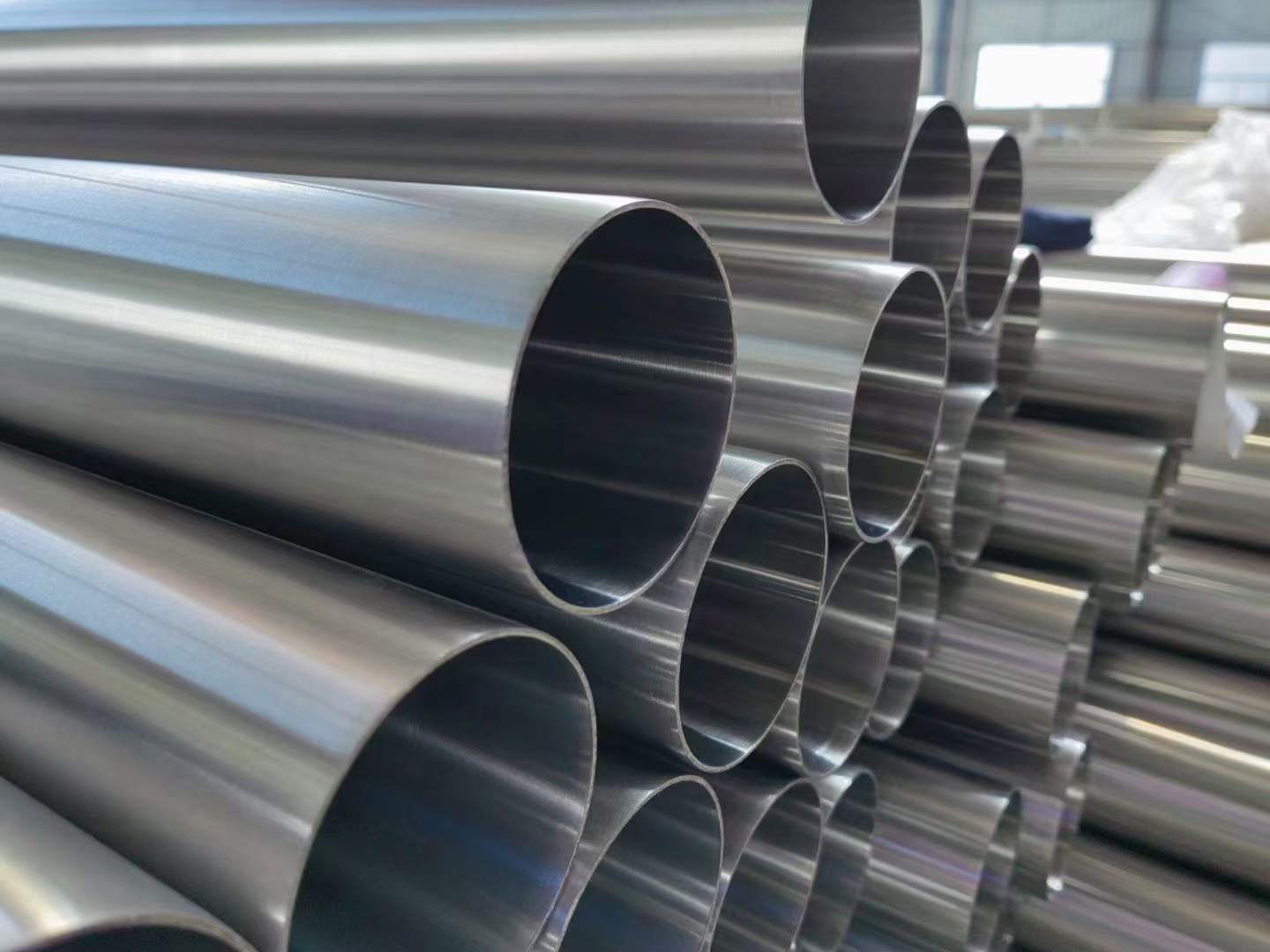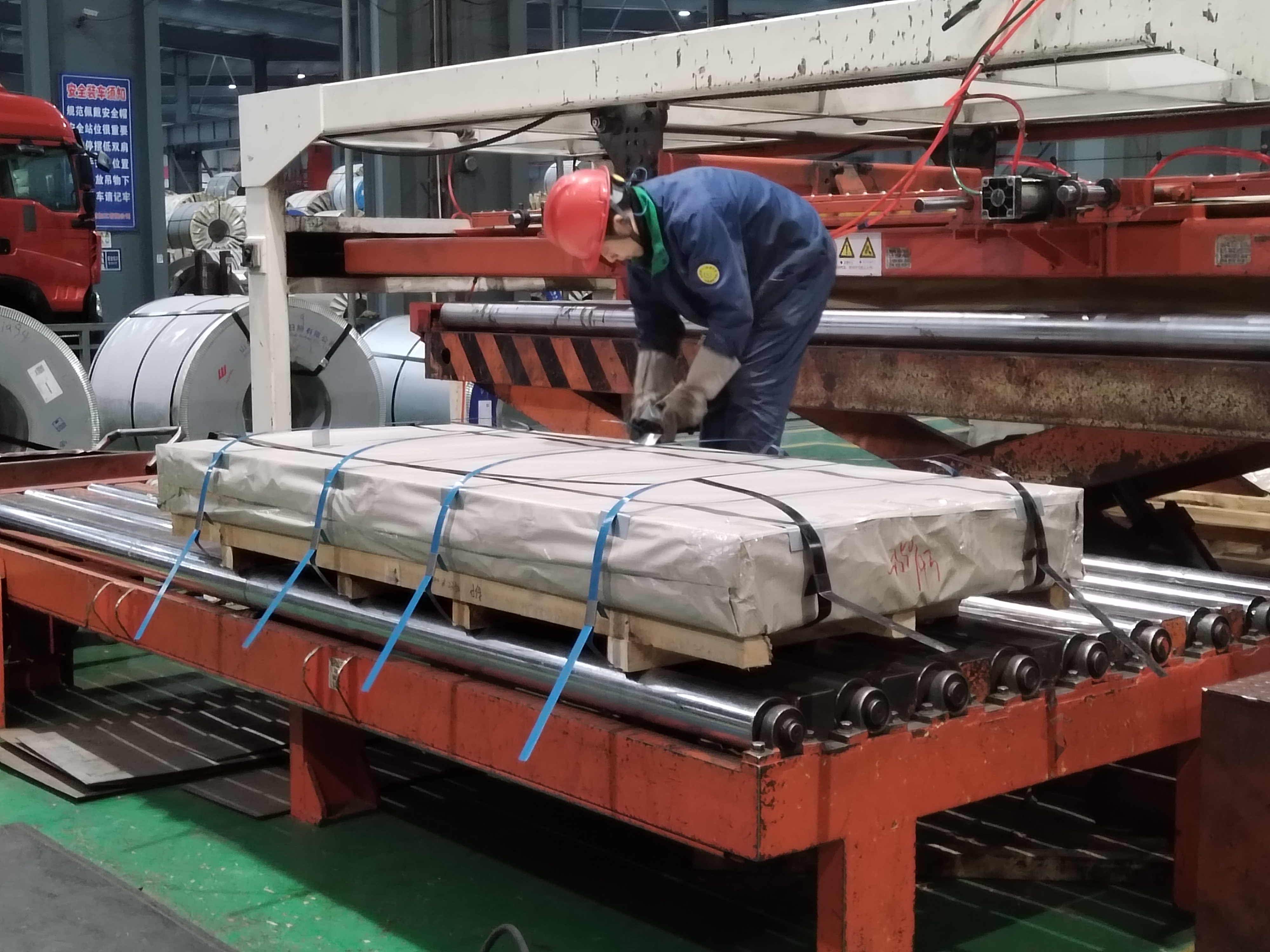
——Stainless steel Manufacturer – Huaxiao Stainless Steel
Explore product catalogue
to find the perfect stainless steel solutions
In our daily life, we are widely exposed to stainless steel, which plays an important role as a material in kitchen utensils, construction materials, medical devices and other fields. We often appreciate its corrosion resistance, strength and excellent appearance. However, when we become interested in the composition and properties of this material, a question may come to mind: what kind of substance is stainless steel? Is its internal structure a homogeneous mixture? These queries sparked an exploration of the microscopic level of stainless steel and stimulated our perception of what exactly makes stainless steel a homogeneous mixture. This question examines the compositional structure of stainless steel as well as the basic theories of materials science and is worth exploring in depth.
Is Stainless Steel A Homogeneous Mixture?
Yes, stainless steel can be considered a homogeneous mixture. It’s an alloy primarily composed of iron, carbon, chromium, and varying amounts of other elements like nickel, manganese, or molybdenum. The mixing of these elements at the atomic level leads to a uniform distribution, resulting in a consistent and stable material with enhanced properties like corrosion resistance and durability.
——Stainless steel Manufacturer – Huaxiao Stainless Steel
Understanding Stainless Steel
Stainless steel is an alloy primarily composed of iron (Fe), chromium (Cr), and varying proportions of other elements such as nickel (Ni), manganese (Mn), and molybdenum (Mo). These alloys combine to form a robust and corrosion-resistant material. The typical composition includes at least 10.5% chromium, contributing to the formation of a passive oxide layer on its surface, enhancing its resistance to corrosion. Other elements like nickel add to its strength and durability. Stainless steel manufacturers meticulously control these alloying elements’ proportions to engineer specific grades, each tailored for distinct properties and applications.
alloying elements of stainless steel
Stainless steel’s alloying elements play a pivotal role in determining its properties.
The presence of Chromium (Cr) in stainless steel, comprising over 10.5%, is pivotal in forming an oxide layer on the steel’s surface. This passive oxide layer, often referred to as the chromium oxide layer, plays a crucial role in enhancing the material’s corrosion resistance.
Upon exposure to oxygen, chromium reacts and develops a thin, invisible, and self-repairing oxide film on the surface of stainless steel. This film acts as a protective barrier, preventing further oxidation and corrosion by creating a shield against moisture, chemicals, and other corrosive elements in various environments.
This layer provides stainless steel with its signature corrosion-resistant properties, making it resistant to rust, tarnishing, and staining. The durability and longevity of stainless steel are primarily attributed to the stability and effectiveness of this chromium oxide layer, ensuring its applicability in a wide array of industries, from construction to healthcare and beyond.
Nickel (Ni) plays a significant role in the properties of stainless steel. It contributes to the toughness, ductility, and high-temperature resistance of the alloy. By promoting these attributes, nickel enhances the material’s ability to withstand various corrosive conditions, extreme temperatures, and mechanical stress.
In stainless steel, the presence of nickel is crucial for maintaining the austenitic structure, especially at lower temperatures. This structure, characterized by its high ductility and favorable mechanical properties, is retained due to the nickel’s influence. This preservation of the austenitic structure, even in challenging conditions, makes stainless steel highly resilient and versatile across a wide range of environments.
Furthermore, nickel substantially improves the material’s resistance to corrosion and oxidation, contributing to its extensive use in applications demanding both durability and anti-corrosion properties.
Manganese (Mn) serves as an essential alloying element in stainless steel, contributing significantly to its mechanical and manufacturing properties. In stainless steel, manganese plays a crucial role in enhancing the material’s strength, hardenability, and workability during various manufacturing processes.
Its presence in stainless steel alloys improves the steel’s strength by facilitating solid-solution strengthening mechanisms, thereby enhancing its overall mechanical properties. This attribute is particularly beneficial in structural applications and where higher strength is required.
Moreover, manganese enhances the hardenability of stainless steel, influencing its response to heat treatment processes. This property ensures that stainless steel can be effectively hardened to meet specific performance requirements in diverse applications.
Additionally, manganese contributes to the workability of stainless steel during manufacturing operations such as hot working, cold rolling, and forging. It assists in refining the steel’s microstructure, allowing for improved formability and shaping capabilities without compromising its mechanical integrity.
Molybdenum (Mo) is a key alloying element in stainless steel that plays a pivotal role in enhancing its corrosion resistance and high-temperature strength. Within stainless steel compositions, molybdenum significantly augments the material’s ability to withstand corrosion, especially in harsh environments containing chlorides, such as marine or industrial settings.
The addition of molybdenum forms a protective barrier against pitting and crevice corrosion, providing stainless steel with superior resistance to corrosion caused by chlorides, acids, and other aggressive chemicals. This heightened resistance makes stainless steel containing molybdenum ideal for use in applications where exposure to corrosive substances is prevalent, ensuring longevity and durability in challenging conditions.
Moreover, molybdenum substantially improves the high-temperature strength and stability of stainless steel. It enhances the material’s capacity to withstand elevated temperatures without compromising its structural integrity.
Titanium (Ti) and Niobium (Nb) play a critical role in stabilizing the microstructure of stainless steel by forming carbides with carbon, thereby preventing the precipitation of chromium carbides along grain boundaries. This process, known as carbide precipitation, is detrimental as it can compromise the steel’s corrosion resistance by reducing the amount of available chromium in the matrix.
By binding with carbon, titanium and niobium form carbides that are more thermodynamically stable than chromium carbides, ensuring that chromium remains available in the steel matrix to maintain its corrosion-resistant properties. This phenomenon, known as carbide stabilization, helps retain the steel’s ability to resist corrosion in aggressive environments.
The addition of titanium and niobium to stainless steel compositions helps maintain the integrity of the material, particularly in applications where exposure to corrosive conditions is a concern. It prevents sensitization and intergranular corrosion by averting the formation of chromium-depleted zones along the grain boundaries, thus preserving the stainless steel’s corrosion-resistant properties and structural stability.
——Stainless steel Manufacturer – Huaxiao Stainless Steel
properties of stainless steel
Stainless steel exhibits a myriad of exceptional properties owing to its unique composition. Its notable attributes include outstanding corrosion resistance, owed mainly to the passive chromium oxide layer formed on its surface. This layer acts as a shield against oxidation and corrosion, making stainless steel ideal for various environments, including corrosive and high-temperature settings.
Apart from its corrosion resistance, stainless steel possesses commendable mechanical properties such as strength, ductility, and toughness. It maintains its structural integrity at both high and low temperatures, making it suitable for diverse applications across industries. Moreover, stainless steel demonstrates excellent formability, enabling it to be easily shaped, welded, and fabricated into different products.
The material also exhibits exceptional hygiene characteristics, making it prevalent in industries like food processing and healthcare. Its non-porous surface inhibits bacterial growth, ensuring a sanitary and hygienic environment.
Overall, stainless steel stands out for its combination of corrosion resistance, mechanical strength, formability, and hygienic properties, making it a preferred material in various sectors, including construction, automotive, aerospace, and medical industries. Stainless steel manufacturers play a crucial role in ensuring the quality and consistency of these properties in the materials they produce.
What is Homogeneous Mixture?
In scientific terms, a homogeneous mixture refers to a uniform composition of substances, where components are uniformly distributed at a molecular level throughout the entire mixture. In such mixtures, the individual components blend seamlessly without any visible boundaries or segregation, resulting in a consistent and uniform appearance and properties throughout. Homogeneous mixtures can be solid, liquid, or gaseous and are distinguished by their ability to retain uniformity, regardless of their scale or volume. This uniform distribution occurs due to the molecules’ constant movement, allowing for a consistent dispersion of substances at the molecular level.
Characteristics and properties of Homogeneous Mixture
Homogeneous mixtures exhibit several distinct characteristics and properties:
- Uniform Composition: Homogeneous mixtures are characterized by a consistent distribution of components. At a microscopic level, the substances are evenly dispersed throughout the mixture, resulting in a uniform appearance and properties.
- Consistent Composition: These mixtures possess the same composition and properties throughout, irrespective of the sample size or volume. Each part of the mixture has identical characteristics.
- No Visible Boundaries: Unlike heterogeneous mixtures, homogeneous mixtures lack visible boundaries or phases between components. They appear as a single phase with no separation or segregation of substances.
- Stable Mixture: Homogeneous mixtures exhibit stability and maintain their uniform composition over time without settling or separating into distinct layers or phases.
- Homogeneity in Physical Properties: Physical properties, such as density, color, boiling point, and concentration, remain constant throughout the mixture. Any physical change in one part is replicated uniformly throughout the entire mixture.
- Ease of Separation: Separating the components of a homogeneous mixture often requires specialized methods, such as chromatography or distillation, due to the absence of visible distinctions between substances.
- Miscibility of Liquids: Homogeneous mixtures of liquids show complete miscibility, where the liquids blend seamlessly, forming a single, uniform solution without phase separation.
- Homogeneous Solid Solutions: Solid homogeneous mixtures, such as alloys, exhibit uniform distribution of atoms or molecules within the crystal lattice structure, resulting in consistent properties across the material.
- Consistent Properties: Homogeneous mixtures retain consistent chemical and physical properties, allowing for predictable behaviors under various conditions.
These characteristics collectively define the nature of homogeneous mixtures, underlining their uniformity, stability, and consistency across their entire composition.
Connection between homogeneous mixtures and alloys
Homogeneous mixtures share a fundamental connection with alloys, especially in the context of materials science:
- Uniform Composition: Both homogeneous mixtures and alloys exhibit a uniform composition throughout their structure. In a homogeneous mixture, various substances are uniformly distributed at a molecular level, similar to how alloying elements are uniformly dispersed within the metallic matrix in an alloy.
- Consistency of Properties: Homogeneous mixtures and alloys maintain consistent properties across their entirety. In the case of alloys, the addition of different elements leads to enhanced or modified properties, much like how the combination of substances in homogeneous mixtures affects their collective characteristics.
- Stabilization and Enhancement: Alloys, similar to homogeneous mixtures, are created to stabilize or enhance specific properties of the base metal. The deliberate addition of alloying elements aims to improve the strength, corrosion resistance, hardness, or other properties of the base metal, just as substances are added to a homogeneous mixture for desired outcomes.
- Microscopic Homogeneity: Both alloys and homogeneous mixtures exhibit microscopic homogeneity, where the components are distributed evenly throughout the material or mixture. This even distribution contributes to uniform properties across the entirety of the substance.
- Complex Interactions: The interactions between elements in alloys and substances in homogeneous mixtures are complex and influence the resulting properties. In alloys, these interactions often determine the material's strength, ductility, and other mechanical characteristics, similar to how interactions between components impact the properties of a homogeneous mixture.
- Ease of Separation: Separating the components of a homogeneous mixture often requires specialized methods, such as chromatography or distillation, due to the absence of visible distinctions between substances.
In essence, alloys represent a specific type of homogeneous mixture, where different metallic elements are blended together to form a single, uniform material with enhanced properties. The commonalities in their uniformity, consistent properties, and deliberate mixing processes underscore the fundamental connection between homogeneous mixtures and alloys in materials science.
three Evidence that stainless steel is a homogeneous mixture
A. Uniform Distribution of Elements:
Stainless steel’s strength lies in its homogenous distribution of alloying elements. Chromium, nickel, manganese, and other additives are uniformly dispersed throughout the steel matrix at a microscopic level. This distribution contributes to the steel’s consistent properties and resistance to corrosion. Stainless steel manufacturers meticulously control the blending process to ensure the even distribution of elements, enhancing the steel’s overall performance.
B. Microstructure Examination of Stainless Steel:
The microstructure of stainless steel showcases its crystalline nature. Through techniques like microscopy and spectroscopy, manufacturers study the grain boundaries, phases, and crystallographic structure of stainless steel. The microstructural analysis reveals the arrangement of atoms, the presence of various phases (austenitic, ferritic, martensitic), and any imperfections within the steel’s structure, influencing its properties.
C. Explanation of Its Consistent Properties:
Stainless steel exhibits consistent properties due to its homogeneous composition. Chromium forms a passive oxide layer, providing corrosion resistance across the entire material. Nickel enhances ductility and toughness consistently throughout the steel. Manganese contributes to the steel’s strength and workability across its entirety. Stainless steel manufacturers’ precision in alloying, heat treatment, and fabrication processes ensures uniformity in properties, making stainless steel a reliable material across various applications.
In conclusion, stainless steel’s properties are derived from its uniform distribution of elements, intricate microstructure, and consistent properties throughout the material. This uniformity is meticulously crafted by stainless steel manufacturers to deliver reliable and versatile materials for an array of industrial and everyday applications.
Counterarguments against considering stainless steel as homogeneous
However stainless steel is widely regarded as a homogeneous material, there are certain counterarguments against this perception:
Microstructural Variations:
Despite its uniform appearance, stainless steel can exhibit variations in its microstructure, especially in the presence of different phases (austenitic, ferritic, martensitic) depending on factors like temperature, cooling rates, and alloy content. These variations can result in localized differences in mechanical and corrosion-resistant properties, challenging the complete homogeneity assumption.
Element Segregation:
During the production process, certain alloying elements might not distribute uniformly, leading to localized areas with slightly different compositions. This can occur due to various factors during the melting, casting, or shaping stages. Such elemental segregation could impact the material’s properties in specific regions, undermining absolute homogeneity.
Surface Modifications and Treatments:
Surface treatments, machining, welding, or heat treatments can induce microstructural changes and alter the distribution of elements in the surface layers. These alterations may lead to differences in mechanical properties and corrosion resistance at the surface compared to the material’s bulk.
Stainless steel manufacturers strive for a high degree of uniformity in their products. However, despite their efforts, inherent material complexities, processing variations, and certain treatments may introduce localized variations, challenging the complete homogeneity of stainless steel across all scales and properties.
other common homogeneous mixtures
Here are some common examples of homogeneous mixtures:




——Stainless steel Manufacturer – Huaxiao Stainless Steel
- Alloys: Alloys are mixtures composed of two or more metallic or non-metallic elements. They are created by melting components together to produce new physical and chemical properties. For instance, bronze (an alloy of copper and tin) and brass (an alloy of copper and zinc) are examples of alloys.
- Air: The atmosphere's air can be considered a homogeneous mixture. It primarily consists of nitrogen (approximately 78%) and oxygen (approximately 21%), along with trace gases and particles. Though the composition varies in the atmosphere, the gas components are uniform at specific locations and altitudes.
- Seawater: Seawater is another example of a homogeneous mixture, comprising water with dissolved salts and minerals. While the composition of seawater can differ due to location and depth, it is chemically consistent in specific areas and times.
- Beverages and Solutions: Beverages and solutions are common examples of homogeneous mixtures. Examples include carbonated beverages, fruit juices, and coffee as well as saline and sugar solutions. The components are uniformly distributed throughout the mixture.
These instances demonstrate that homogeneous mixtures are prevalent substances in everyday life, characterized by their uniformity and consistency, which are crucial for their specific purposes.
Conclusion
In conclusion, the question of whether stainless steel is a homogeneous mixture has been thoroughly explored. We have delved into the composition of stainless steel, its unique properties arising from its non-homogeneous structure, and the advantages it offers over homogeneous mixtures.
Stainless steel’s remarkable durability, resistance to corrosion, and heat make it a preferred choice in numerous industries. Its non-homogeneous nature allows for customization and tailoring to meet specific requirements, thanks to the expertise of stainless steel manufacturers. They play a crucial role in harnessing the potential of stainless steel and delivering tailored solutions to various applications.
Furthermore, the aesthetic appeal of stainless steel, with its distinctive patterns and finishes, adds a touch of elegance and modernity to architectural and design projects. It showcases the versatility and visual impact that can be achieved with this non-homogeneous material.
As advancements in stainless steel manufacturing and alloying techniques continue, the possibilities for this remarkable material are expanding. Stainless steel manufacturers and industry professionals are constantly pushing boundaries and discovering new ways to optimize its properties and meet evolving demands.
In conclusion, stainless steel’s non-homogeneous nature, combined with the expertise of stainless steel manufacturers, offers significant advantages in terms of strength, durability, customization, and aesthetic appeal. It remains a highly sought-after material for a wide range of applications, showcasing its importance and relevance in our modern world.
Whether you’re in need of stainless steel for architectural projects, industrial applications, or any other purpose, partnering with a reputable stainless steel manufacturers ensures that you have access to high-quality materials and tailored solutions.
If you’re ready to explore the possibilities of stainless steel and collaborate with trusted stainless steel manufacturers, reach out to us. We are committed to delivering excellence and providing stainless steel solutions that exceed your expectations.
Embrace the potential of stainless steel and unlock a world of possibilities for your next project.
Table of Contents
You might be interested in


